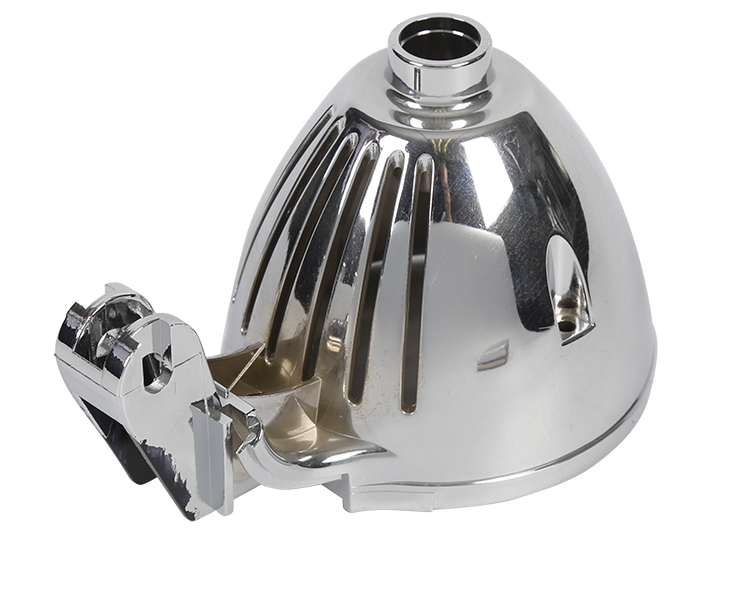The principle of electroplating includes four aspects:
Electroplating bath, electroplating reaction, electrode and reaction principle, metal electrodeposition process.
First of all, the electroplating solution has six elements:
Main salt, complexing agent, additional salt, buffer, anodic activator, and additive.
Electrochemical reactions in electroplating reactions:
The following picture is a schematic diagram of the electroplating device, the plated part is the cathode, which is connected to the negative pole of the DC power supply, the metal anode is connected to the positive pole of the DC power supply, and both the anode and the cathode are immersed in the plating solution. When a certain potential is applied between the cathode and anode, the following reaction occurs at the cathode: the metal ion MN+ diffused from the inside of the bath to the interface between the electrode and the bath obtains N electrons from the cathode and is reduced to metal M. On the other hand, the reaction in the anode is completely opposite to that in the cathode, that is, the dissolution of metal M occurs at the anode interface, releasing N electrons to form metal ions MN+.

Electrode and reaction mechanism.
A, electrode potential.
When the metal electrode is immersed in the solution containing the metal ion, the following equilibrium exists, that is, the reaction in which the metal loses electrons and dissolves in the solution, and the reverse reaction in which the metal ions get electrons and precipitate the metal should exist at the same time: MN++NE = M.
The equilibrium potential is related to the nature of the metal and the temperature and concentration of the solution. In order to accurately compare the effect of material nature on equilibrium potential, it is stipulated that when the solution temperature is 250C and the concentration of metal ion is 1MOL/L, the measured potential is called standard electrode potential. The metal with a large negative value of standard electrode potential is easy to lose electrons to be oxidized, while the metal with large positive value of standard electrode potential is easy to get electrons reduced.
B, polarization.
The so-called polarization refers to the phenomenon that the electrode potential deviates from the equilibrium electrode potential when an electric current passes through the electrode. Therefore, the current-potential curve is called the polarization curve. The main reasons for polarization are electrochemical polarization and concentration polarization.
(1) Electrochemical polarization.
Because the speed of the electrochemical reaction on the cathode is less than the speed of electrons supplied by the external power supply, the polarization is caused by the electrode potential moving in the negative direction.
(2) concentration polarization.
The polarization caused by the difference between the concentration of the surface liquid layer of the adjacent electrode and that of the main body of the solution is called concentration polarization, which is due to the fact that the diffusion velocity of ions in the solution is lower than that of electrons.
The electroplating process is a process in which the metal ions in the plating bath are reduced to metal atoms by electrode reaction and metal deposition is carried out on the cathode under the action of the external electric field.
To put it simply, the principle of electroplating is that in the salt solution containing the metal to be plated, the metal to be plated as the cathode, the cations of the metal to be plated in the bath can be deposited on the surface of the substrate metal to form a coating by electrolysis.

